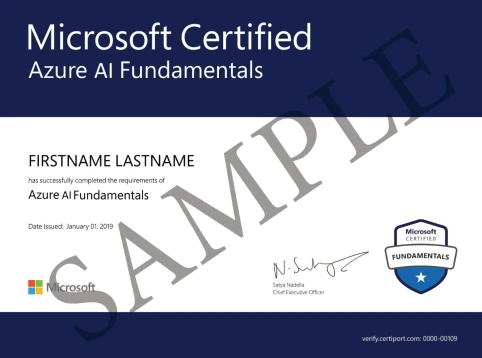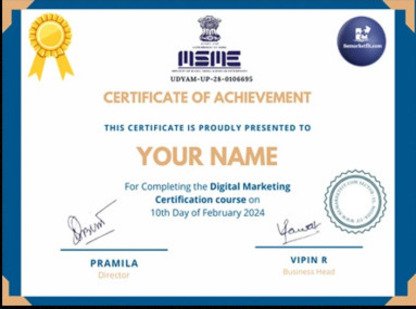AI and Generative AI course
- Mode- Live Online/Offline
- 100% practical sessions
- Latest syllabus and Case studies
- 20+ AI tools
- Learn from Industry expert
AI is shaping the future across all industries, making it one of the most in-demand skill sets. The importance of this course is evident in today’s landscape, which is largely driven by AI and its transformative applications.
Secure your career with an industry-recognized certificate that validates your expertise in Generative AI, you will also be certified by Microsoft which will further boost your credibility, enhance your resume, and open the doors to limitless career opportunities


Authorized training and certification programs powered by top MNCs. Learn from the best, get globally recognized












Get future-ready with Global certifications
This course is designed for aspiring entrepreneurs, small business owners, and Students looking to start or scale their ventures.
No, the course is beginner-friendly and covers everything from idea generation to scaling a business, making it suitable for individuals with no prior experience.
You’ll learn how to shortlist ideas, discover your passion, find co-founders, split equity, raise funds, create an MVP, set product pricing, acquire customers, and manage ROI.
The course is highly practical, with actionable insights, real-world examples, and strategies that you can immediately apply to your business.
Yes, you will receive a recognized certificate upon successfully completing the course, which can enhance your credibility further.